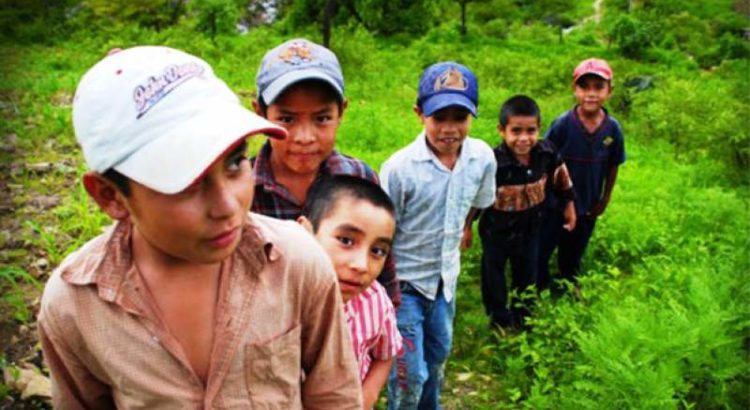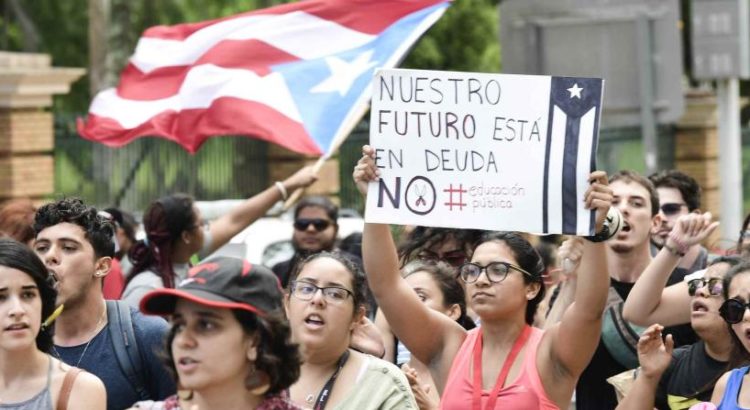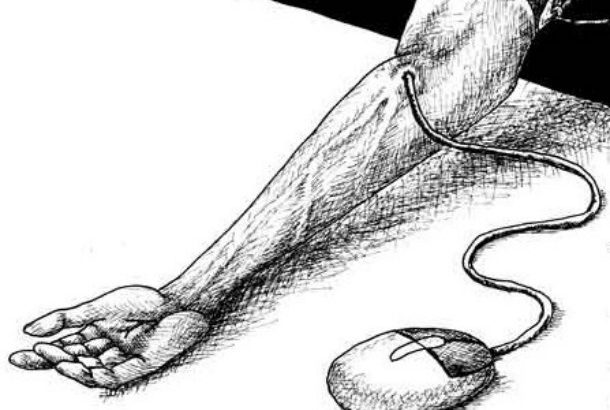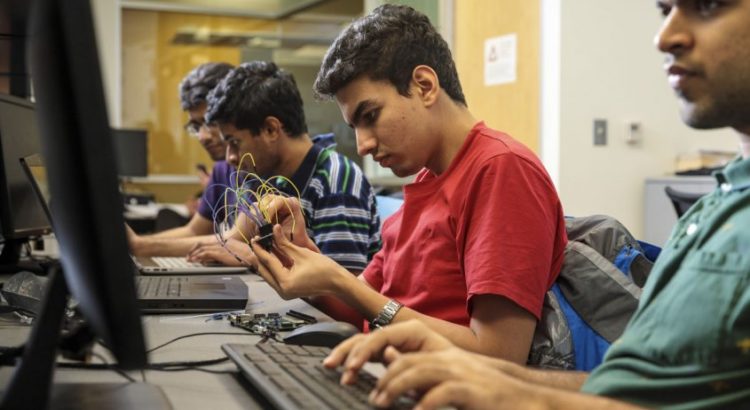Estados Unidos/Abril de 2017/Autora: Stephanie Saul/Fuente: El Observador
El presidente de la Universidad Estatal de Portland, Wim Wiewel, se reunió recientemente con 10 potenciales estudiantes en Hyderabad, India. Pero lo que empezó como una visita para conocerse se convirtió rápidamente más en una sesión de orientación, conforme los estudiantes expresaban temores sobre viajar a Estados Unidos este otoño.
Un estudiante, que es musulmán, dijo que a su padre le preocupaba que Estados Unidos tuviera una actitud antimusulmana, relató Wiewel. «Varios más dijeron que les inquietaba el ‘efecto Trump'», señaló en un correo electrónico.
«Diría que la retórica y las órdenes ejecutivas definitivamente están teniendo un efecto desalentador», escribió Wiewel, en referencia a los decretos migratorios del presidente Donald Trump.
Como muchas universidades en Estados Unidos, la universidad en Oregón comenzó a recibir menos solicitudes internacionales.
Casi 40% de las escuelas de educación superior está reportando una notoria reducción en el número de solicitudes de estudiantes internacionales, según un sondeo de 250 colegios y universidades, divulgado recientemente por la Asociación Estadounidense de Secretarios y Funcionarios de Admisiones.
La mayor declinación es en las solicitudes de estudiantes originarios de Medio Oriente.
Muchos funcionarios citaron las preocupaciones entre los potenciales estudiantes sobre las políticas migratorias de Trump.
Los responsables de reclutar estudiantes internacionales reportan «una gran preocupación entre los estudiantes de todo el mundo», indicó el estudio.
Las escuelas de posgrado parecen estar sintiendo los peores efectos, con casi la mitad reportando la reducción en su matrícula. «Nuestros decanos lo describen como un efecto desalentador», dijo Suzanne Ortega, presidenta del Consejo de Escuelas de Posgrado.
Las cifras están provocando ansiedad en algunos programas que dependen de los estudiantes internacionales, quienes aportan más de US$ 32.000 millones al año a la economía de Estados Unidos.
Las inscripciones internacionales en las universidades estadounidenses aumentaron durante la última década, y por primera vez excedieron el millón de estudiantes el año pasado.
Por esa razón, algunos funcionarios universitarios advirtieron que el «efecto Trump» es solo una explicación posible para las cifras de las solicitudes de este año.
Más allá de eso, muchas escuelas, incluidas la Universidad de Nueva York, la Universidad del Sur de California y la Universidad del Noreste, reportaron que sus cifras internacionales aumentaron. Pero por ejemplo, la Universidad de Purdue reportó una disminución del 1,2% en las solicitudes a la escuela de posgrado.
Distintos factores económicos pueden explicar también las declinaciones en las solicitudes de estudiantes, reflexionó Ortega.
También entra en juego la incertidumbre por el futuro del programa de visas llamado H-1B del que dependen frecuentemente los graduados internacionales para quedarse en Estados Unidos a trabajar.
Para varias escuelas de posgrado, la prohibición de viajes del gobierno de Trump, que inicialmente afectaba a siete países musulmanes, no pudo haber sido más inoportuna.
Fue anunciada a fines de enero cuando estaban cerrando las fechas límite para las solicitudes para algunos programas de posgrado, y siguió al virulento discurso anti inmigrante de Trump durante la campaña.
Las declinantes cifras de solicitudes para escuelas de posgrado se pueden ver en universidades que van desde las gigantescas «Diez Grandes» universidades públicas como la estatal de Ohio y la Universidad de Indiana, hasta programas regionales como la Estatal de Portland, una escuela de poco más de 27.000 estudiantes, que incluyen a más de 1.900 estudiantes internacionales.
En tanto, en Indiana las solicitudes para posgrado en algunos programas están registrando importantes descensos, aseguró David Zaret, vicepresidente de asuntos internacionales.
Preocupación
La vicerrectora de la división de posgrado de la Universidad de California en Irvine, Frances Leslie, confirmó que estudiantes de distintos países, y no solo aquellos provenientes de países musulmanes, siguen expresando su preocupación en viajar hacia territorio estadounidense.
Fuente: http://www.elobservador.com.uy/universidades-eeuu-reducen-matricula-politicas-trump-n1055593













 Users Today : 18
Users Today : 18 Total Users : 35461436
Total Users : 35461436 Views Today : 21
Views Today : 21 Total views : 3421938
Total views : 3421938